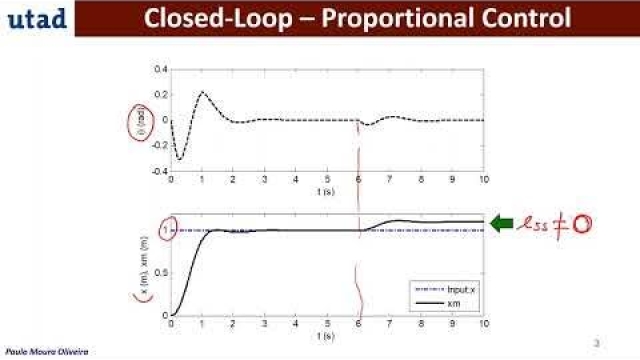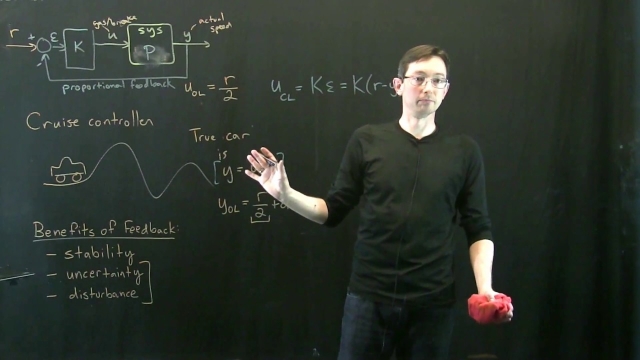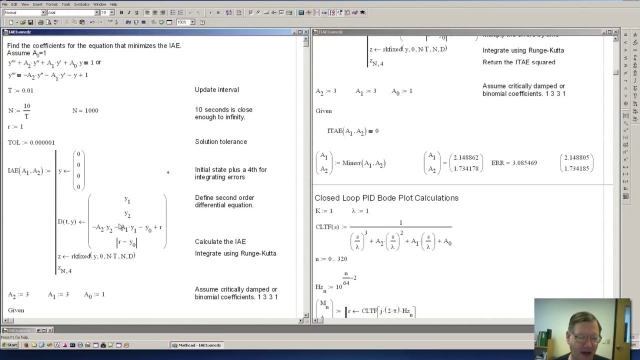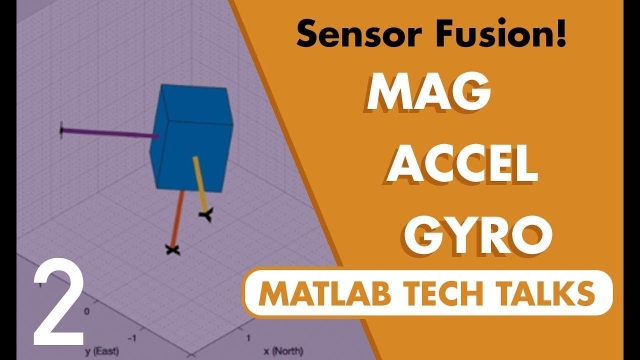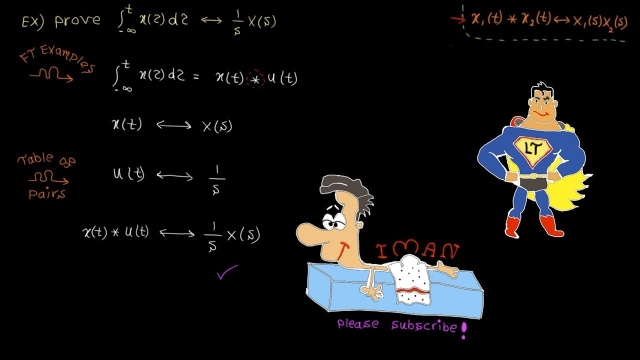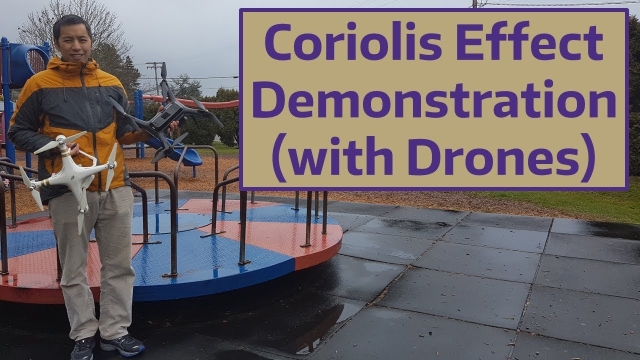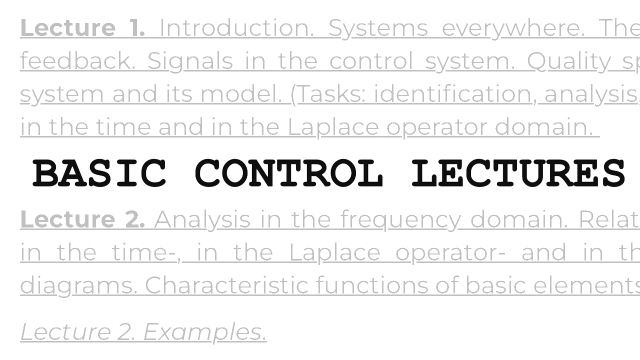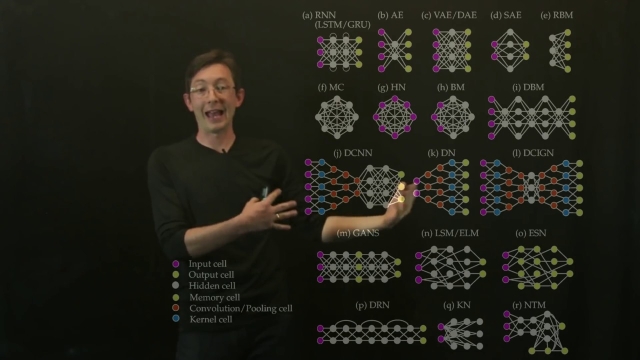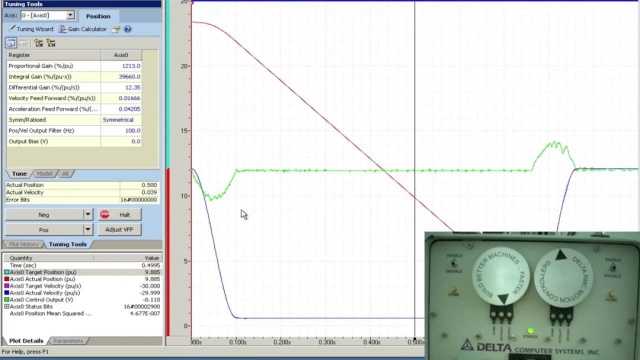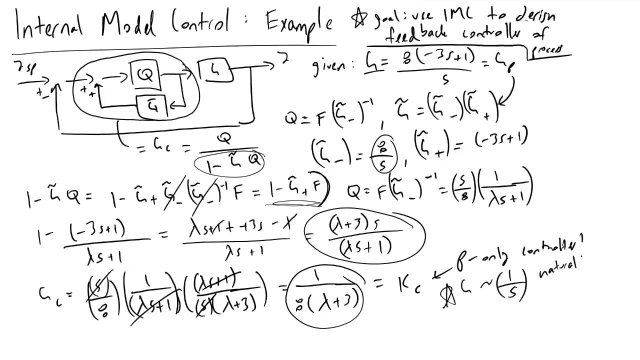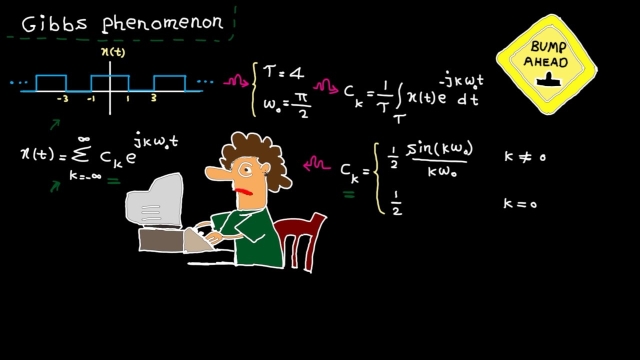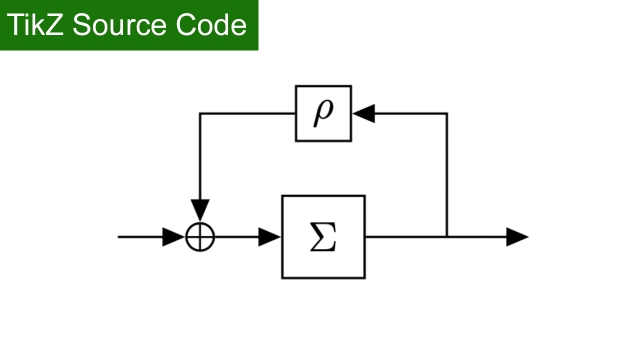
The Taylor Series
In this video we discuss the Taylor Series (and the closely related Maclaurin Series). These are two specific types of Power Series that allow you to approx...
See MoreUnderstanding PID Controller
This blog post begins by walking through the basics and the theoretical part of the PID controllers. The controller is then tested, verified, and analyzed using MATLAB.
See MoreBode Plots by Hand: Poles and Zeros at the Origin
This is a continuation of the Control Systems Lectures. This video describes the benefit of being able to approximate a Bode plot by hand and explains what a Bode plot looks like for a...
See MoreDesigning a Lag Compensator with Bode Plot
This video walks through a phase lag compensator example using the Bode Plot method.
See MoreControl Bootcamp: Sensitivity and Robustness
Here we show that peaks in the sensitivity function result in a lack of robustness.
See MoreSingular Value Decomposition (SVD): Matrix Approximation
This video describes how the singular value decomposition (SVD) can be used for matrix approximation.
See MoreData-Driven Control: Eigensystem Realization Algorithm Procedure
In this lecture, we describe the eigensystem realization algorithm (ERA) in detail, including step-by-step algorithmic instructions.
See MoreSVD: Importance of Alignment [Python]
This video describes the importance of aligning data when using the singular value decomposition (SVD) (Python code).
See MoreMachine Learning - Andrew Ng, Stanford University
Machine learning is the science of getting computers to act without being explicitly programmed. In the past decade, machine learning has given us self-driving cars, practical speech...
See MoreVelocity & Acceleration in Non-Inertial Reference Frames (Coriolis &...
In this video we derive a mathematical description of velocity and acceleration in non-inertial reference frame. We examine the effect of fictitious forces ...
See MoreSliding Mode Control Design for a Robotic Manipulator
This MATLAB/Simulink example shows how to design a controller for a robotic manipulator with two actuated joints using sliding mode control (SMC). SMC is useful for systems that require...
See MoreLinear Regression 3 [Python]
This video describes how the singular value decomposition (SVD) can be used for linear regression in Python (part 3).
See MorePosicast Control 5 - (In English)
In this video Posicast in closed-loop is illustrated using a gantry-crane system simulations.
See MoreSimple Vector Mechanics: Inner Product, Scalar/Vector Projection, and Cross ...
In this video we discuss several simple vector operations such as: 1. Computing the magnitude of a vector 2. The inner/dot product 3. The scalar and vector projection 4. The cross product
See MoreControl Bootcamp: Benefits of Feedback on Cruise Control Example
Here we investigate the benefits of feedback for systems with uncertain dynamics and disturbances, as illustrated on a cruise control example.
See MorePeter Ponders PID - IAE,ITAE,ISE Performance indicators
Performance indicators can be used to compute closed loop pole locations. Only one gain parameter is required to move the pole locations closer to the origi...
See MoreUnderstanding Sensor Fusion and Tracking, Part 2: Fusing a Mag, Accel, and G...
This video describes how we can use a magnetometer, accelerometer, and a gyro to estimate an object’s orientation. The goal is to show how these sensors contribute to the solution, and to...
See MoreLaplace domain – tutorial 4: Laplace transform examples
In this video, we solve lots of examples to practice how to quickly find Laplace transform using the table of pairs & properties and five golden rules on ROC...
See MoreCoriolis Effect Demonstration (with Drones)
We demonstrate how rotating reference frames give rise to the Coriolis effect and centrifugal acceleration. In this video, we approach this as a simple physics demonstration and examine...
See MoreBasic Control Lectures
Systems approach, understanding and describing the operation of systems and methods of controlling them are among the basic knowledge of engineering education. But understanding the main...
See MoreNeural Network Architectures
This lecture describes the wide variety of neural network architectures available to solve various problems.
See MoreAuto Tuning a Small DC Motor in Torque Mode
I was really testing the picture in picture feature of the Screen Flow software I use to make these videos. I knew the auto tuning would work. I kept the v...
See MoreInternal Model Control Example Problem
I walk through how to design a feedback controller based on a given process transfer function, using Internal Model Control.
See MoreFrequency domain – tutorial 4: Gibbs phenomenon
In this video, we quickly review the Gibbs phenomenon which involves two facts:1) Fourier sums overshoot at a jump discontinuity2) overshoot does not disapp...
See MoreTikZ source Code: Feedback passivity index
TikZ source Code: Feedback passivity index
See More
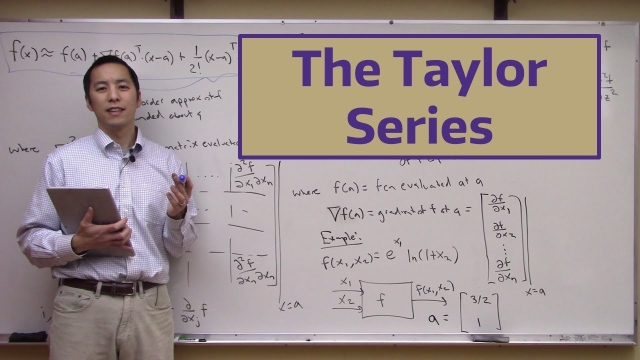
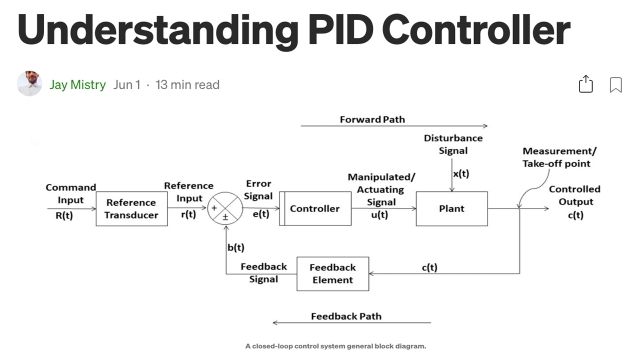
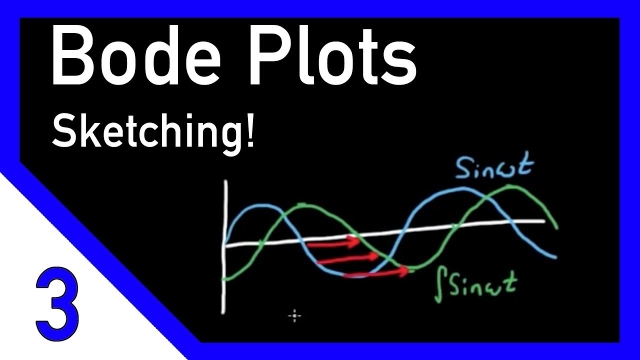
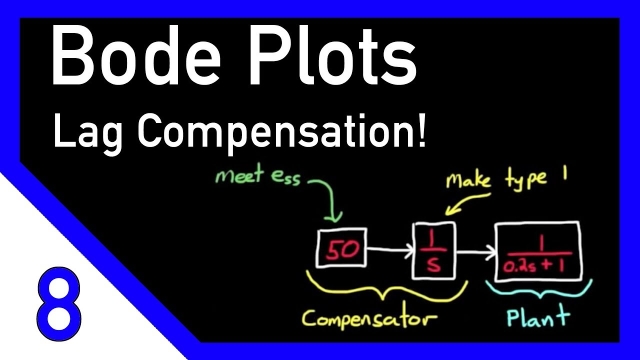
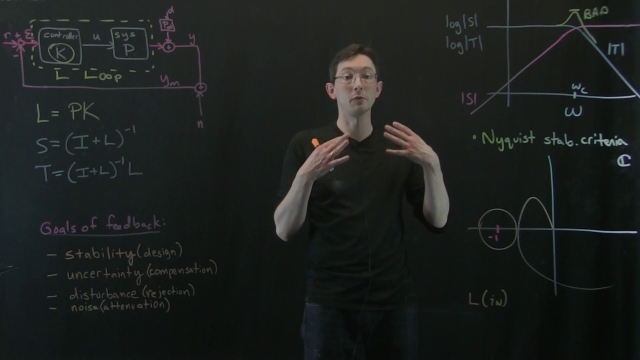
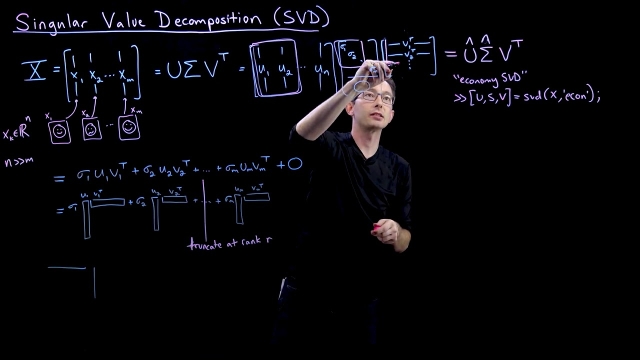
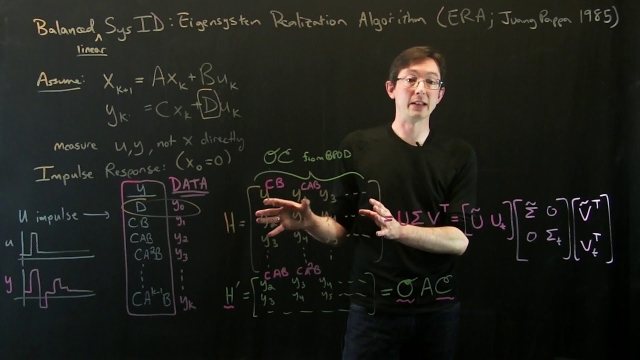
![SVD: Importance of Alignment [Python]](/sites/default/files/styles/search_resulkts/public/2020-12/maxresdefault_422.jpg?itok=Ix4uqD1g)
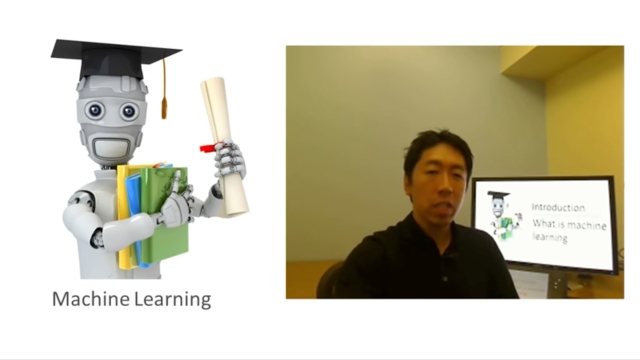
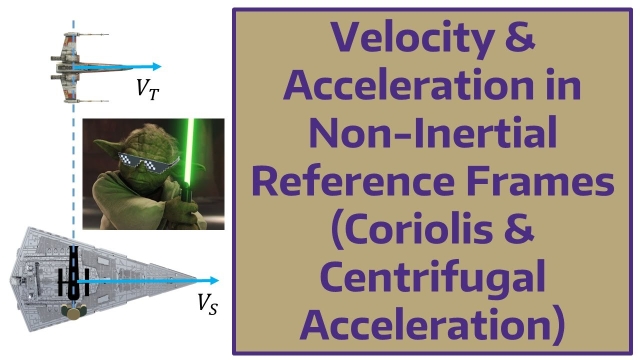
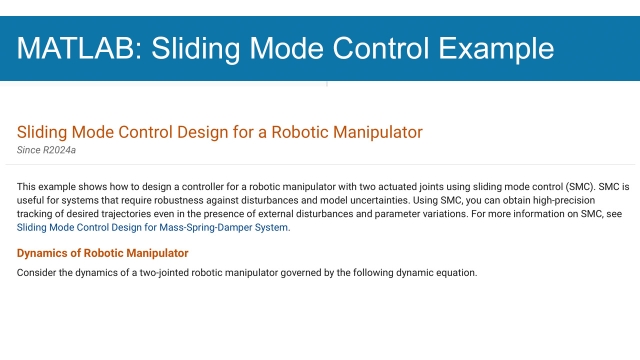
![Linear Regression 3 [Python] Linear Regression 3 [Python]](/sites/default/files/styles/search_resulkts/public/2020-12/maxresdefault_438.jpg?itok=rU8HcFY_)
